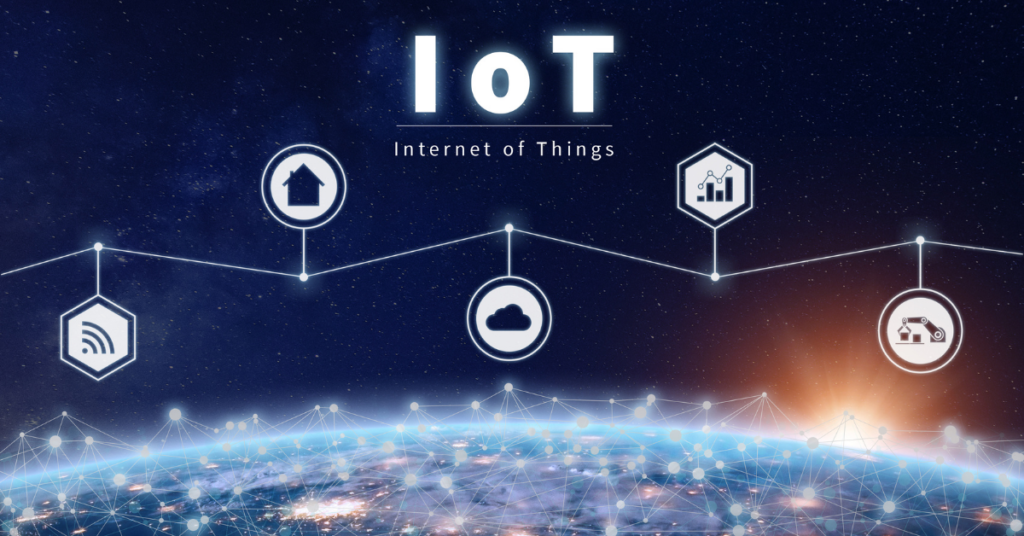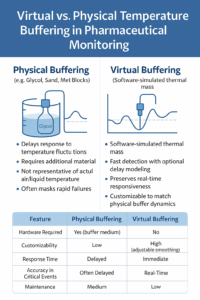INTRODUCTION
With IoT (Internet of Things) technology, coupled with the pervasiveness of the internet, a new era of sensing technology is ushered into use.
Definitions vary when describing IoT:
- IoT is about extending the power of the internet beyond computers and smartphones to a whole range of other things, processes, and environments. (IoT for All)
- IoT is the extension of internet connectivity into physical devices and everyday objects. Embedded with electronics, internet connectivity, and other forms of hardware (such as sensors), these devices can communicate and interact with others over the internet. They can be remotely monitored and controlled. (Wikipedia)
- IoT refers to a vast number of “things” that are connected to the internet so they can share data with other things – IoT applications, connected devices, industrial machines, and more. Internet-connected devices use built-in sensors to collect data and act on it. (SAS)
MATERIALS AND METHODS
This wave of connectivity is going beyond laptops and smartphones; it is expanding towards connected cars, smart homes, wearables, and healthcare. According to the Gartner report, by 2020, connected devices across all technologies will reach 20.6 billion. The focus of this paper is the application of this technology in healthcare. Specifically, where this technology is utilized to measure, store, and analyze environmental data associated with pharmaceutical and tissue storage temperatures as well as procedure room telemetry.
The three aspects of an IoT ecosystem are:
Data Collection – The data collection layer is the point at which the sensors and controllers gather information.
Networking and Security -The networking and security layer is the physical network that the data collection devices connect to capture and transmit data.
Analytics – The analytics layer is the point at which the data is run through analytics engines to extract actionable information.
The IoT solution provides several benefits to the healthcare organization. These benefits include:
- Ability to monitor their overall storage capacity
- Save time and money
- Enhance employee productivity
- Integrate and adapt analytical models
- Make better business decisions
With any solution, there are pros and cons. Advantages of the IoT solution include the following:
- Ability to access data from anywhere at anytime
- Data transmission over a connected network
- Automated tasks such as data display, alerting, recordation, and reporting that meet or exceed agency requirements.
Some disadvantages of IoT include the following:
- As the number of devices increases, the higher the burden that is placed on the network infrastructure.
- IT departments will have to deal with and manage large numbers of IoT devices connected to the network.
- Security is a potential risk. The potential of a hacker to enter the client network is a possibility.
Although various benefits come with the use of IoT enable devices, there are multiple challenges as well that come with this new technology.
- Different standards and protocols: Multiple types of devices are used in the healthcare system now that are IoT enabled. Multiple devices are integrated to monitor a single patient at times. The variance in the standard and protocols of the various devices make it difficult to integrate and interpret the data.
- Security and Privacy: The data between a doctor and a patient is bound by Doctor-patient confidentiality (HIPAA). The easy availability and access of the data can compromise the security of personal health information of both the patient and the doctor. Additionally, weak security can allow the same access to the client network, exposing the healthcare system to ransomware.
- Data overload: Various devices are used with technology all of which may not have the same communication protocols and standards. This can lead to a tremendous amount of data to be aggregated all of which may not be effective in interpreting sensibly.
- System management: The IT department is now taxed with the responsibility of managing these connected devices on their already saturated network. System upgrades may now adversely affect these connected devices as they may lag in the compliance and connectivity standards.
The use of the IoT app has reduced the cost of manpower as most devices are automated and reduce the expense that the patient incurs in a stay at the hospital as he can come back home and still be monitored remotely by the medical team. On the other hand, IT resources are stretched thinner as more demand is placed on them.
The scope and popularity of IoT in healthcare are increasing rapidly, with applications in every field. These devices are improving efficiency by reducing the possibilities of human errors and saving lots of time that can be utilized for a different purpose. Hence the use of IoT in healthcare apps is now becoming a must. The question to be addressed is how to take advantage of this explosion of technology and its many benefits without burdening an already overtaxed infrastructure.
RESULTS
To address these concerns while taking advantage of these advancements in technology the team at AmericanPharma entered the IoT marketplace with their hardware design. The solution introduced in December 2019 utilizes many of the advantages of the technology while addressing what many consider the pitfalls noted herein. The PharmaWatch Direct™ hardware delivers the same telemetry data to the PharmaWatch™ portal as the current WiFi solution now utilizes Cat M1 cellular technology. The advantages of Cat M1 allow low power, wide-area technologies to work within a licensed spectrum, which provides a secure and private network, possibly the top concerns for businesses when developing IoT initiatives.
The Cat M1 technology coupled with AmericanPharma proprietary communication models delivers reliable communication for near real-time data collection. The PharmaWatch Direct™ solution samples and delivers data every five minutes to the cloud for storage, data analytics, and display. The delivery of the telemetry data and the associated communication overhead is accomplished in a transmission block of only 100 Bytes. The quiet nature of the communication protocol results in the reduction of data retries due to poor signal strength or a noisy RF environment. The PharmaWatch Direct™ solution makes use of the emerging IoT technology while relieving the burden on the IT department infrastructure.
Works Cited
Julia Borgini, S. M. (2020, June 8). Overcome 5 IoT device management challenges. Retrieved from TechTarget – IoT Agenda: https://internetofthingsagenda.techtarget.com/tip/Overcome-5-IoT-device-management-challenges?track=NL 1843&ad=934659&src=934659&asrc=EM_NLN_129937239&utm_medium=EM&utm_source=NLN&utm_campaign=20200623_Tackle%20ICS%20IoT%20security%20challenges%20with%206
LTE CAT M1: The Sweet Spot for IoT Connections. (2019, July 19). Retrieved from IoT for All: https://www.iotforall.com/lte-cat-m1-sweet-spot-iot-connections/
Rusnack, M. (2019). Misuse and Misconceptions of Physical Temperature Buffering. NCSL International. Cleveland,OH: NCSL INternational Workshop and Symposium.
Technopedia. (2019, February 25). Internet of Things (IoT). Retrieved from https://www.techopedia.com/definition/28247/internet-of-things-iot#:~:text=The%20internet%20of%20things%20%28IoT%29%20is%20a%20computing,being%20able%20to%20identify%20themselves%20to%20other%20devices.
Verizon. (n.d.). LTE for IoT Cat-M1 and NB-IoT. Retrieved from IoT Solutions on 4G LTE: https://enterprise.verizon.com/products/internet-of-things/4g-lte-iot/next-gen/
What Is ”Cat-M1” and What Does it Mean for IoT? (2016, December 18). Retrieved from Dzone: https://dzone.com/articles/what-is-quotcat-m1quot-and-what-does-it-mean-for i#:~:text=Category%20M1%28Cat%20M1%29%20is%20a%20technology%20that%20functions,battery%20life%2C%20potentially%20by%20up%20to%2010%20years.
Wikipedia. (2020, July 4). Internet of things. Retrieved from https://en.wikipedia.org/wiki/Internet_of_things



